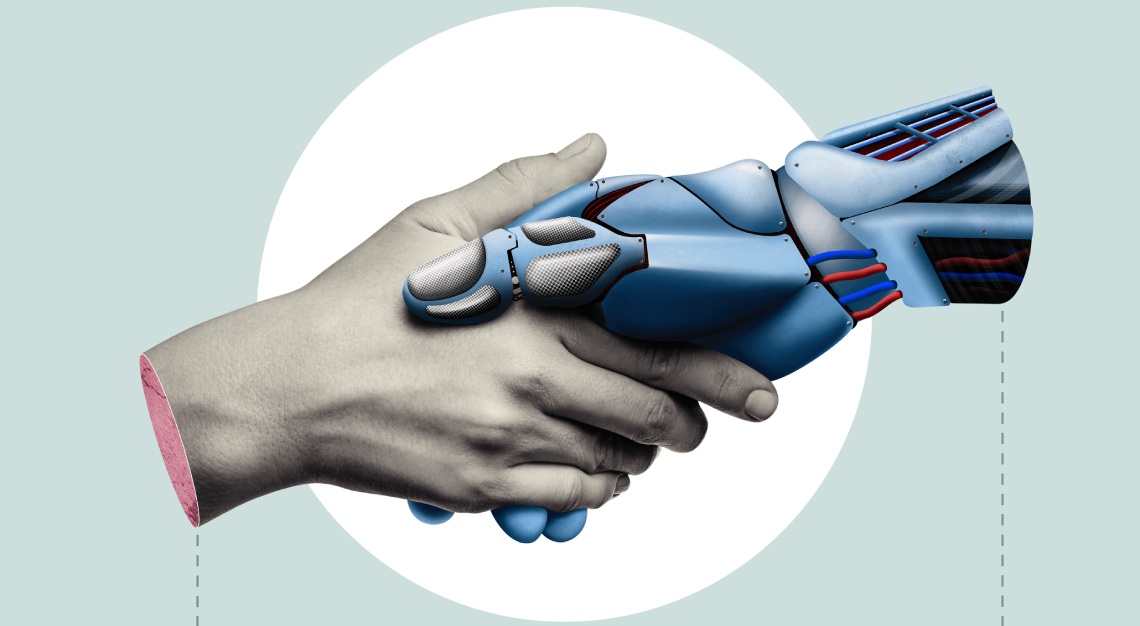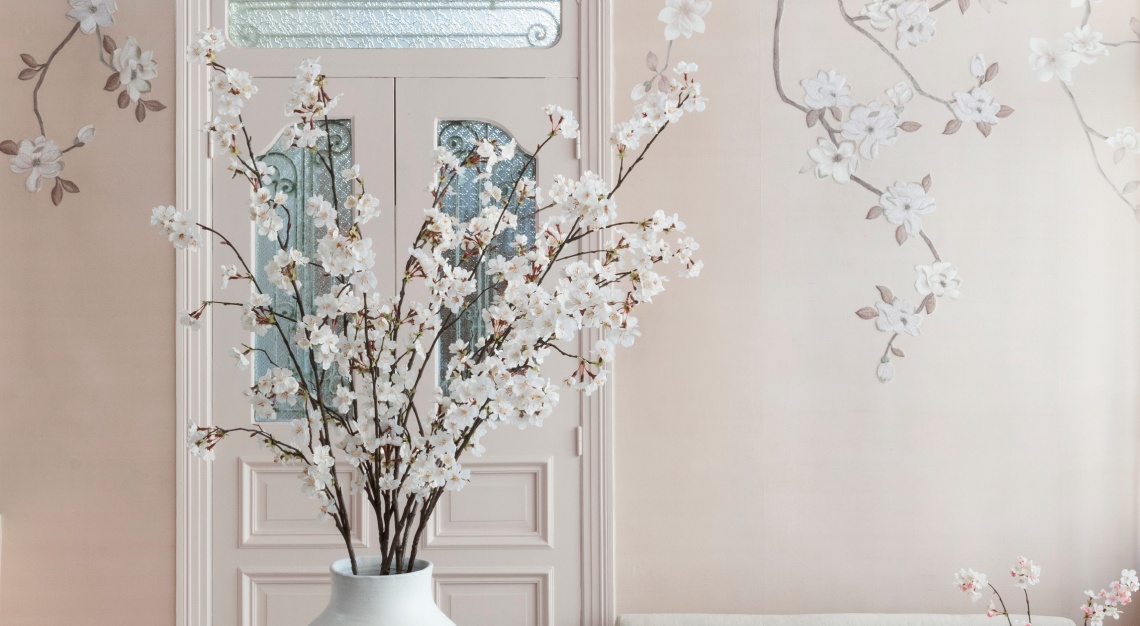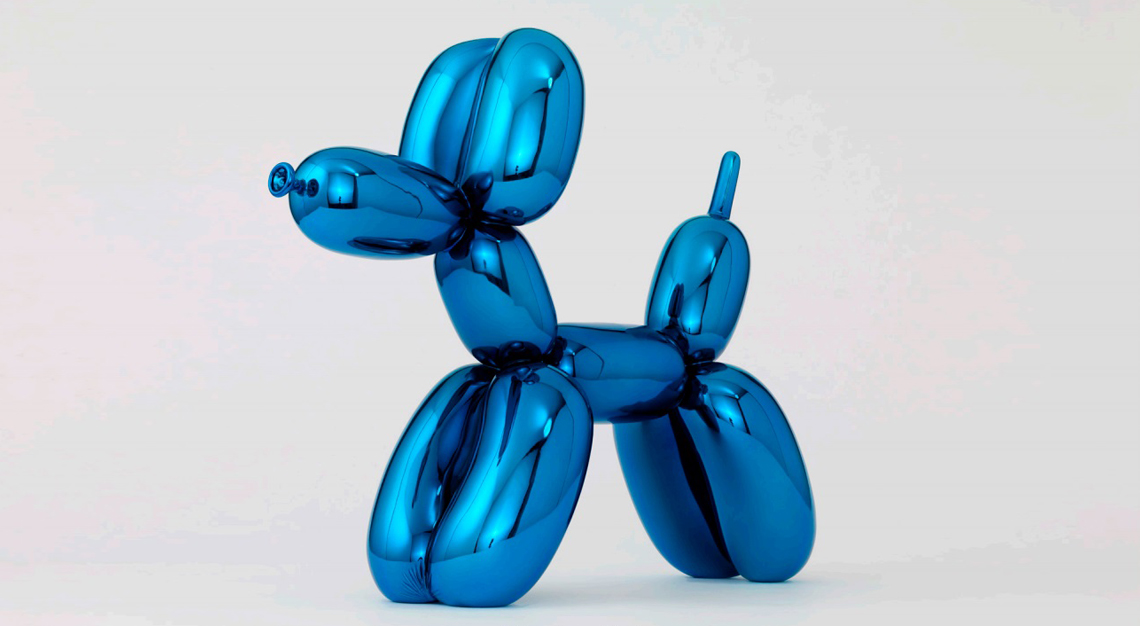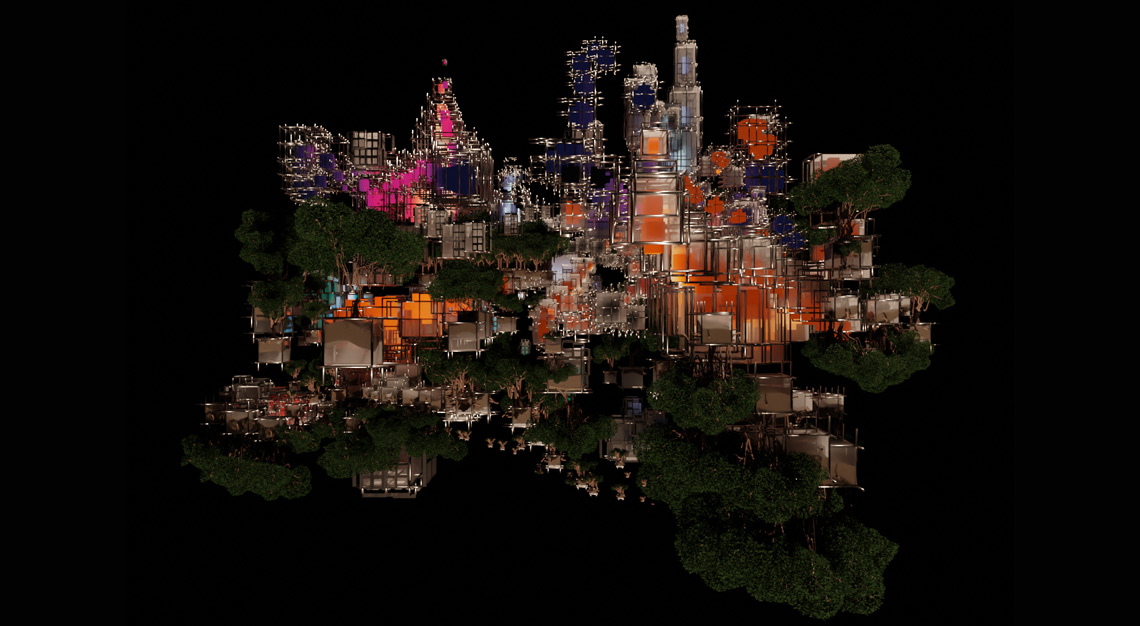In the Art and Design issue, Robb Report Singapore gets inspired by the boldest thinkers and purveyors of the industry
We should have seen this coming: humans trying to outsmart the machines that we have created. American science-fiction writer Isaac Asimov had been writing stories about it. We have watched The Terminator movies. Now, Geoffrey Hinton, the so-called ‘godfather of AI (artificial intelligence)’ has quit Google, just so that he could speak freely about the dangers of the technology he helped create over a decade ago. It is “quite scary”, Hinton told BBC in an interview. “Right now, they’re not more intelligent than us, but I think they soon may be.”
AI is fast taking over the ways we work and play. Especially so, for workers who labour in the fields of art. The shadow of AI persists to demonstrate (in half-jest, for now) that artists, writers, musicians, screenwriters, photographers—the whole lot, really—can create art in ways that are quicker and, in time, indistinguishable from those made by human minds and hands.
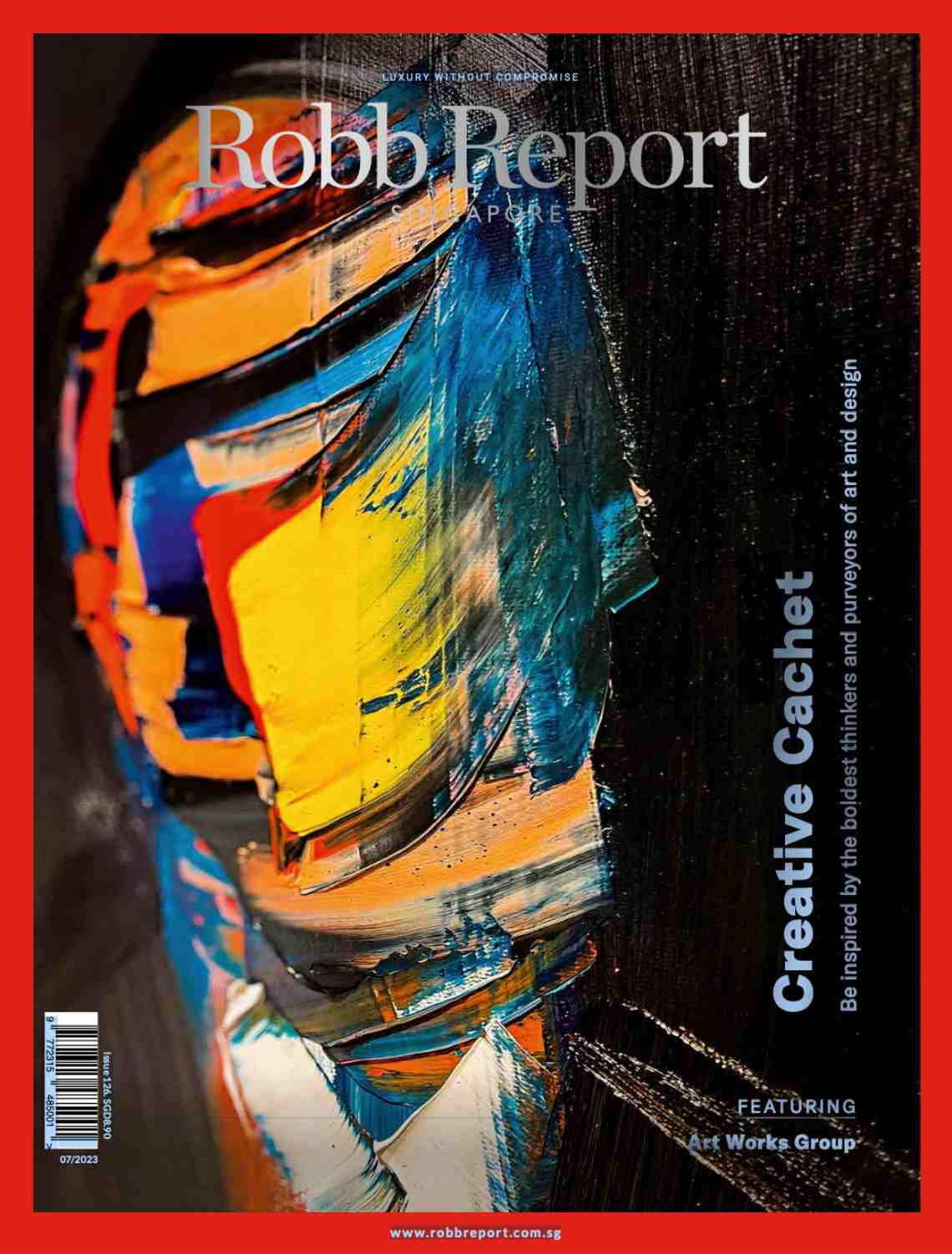
Jens Ritter, a German luthier whom you will encounter within these pages, was so triggered by hearing music created by AI because he couldn’t tell that it wasn’t made by a real person, that he decided to make an artistic statement against it. Ritter, whose electric guitars are exhibited in the National Museum of American History in Washington DC and The Metropolitan Museum of Art in New York, crafted a series of guitars called Sleeping Beauties that could only be played 100 years after they were built.
“With all that AI can achieve, can it make real art? Art needs to involve a human brain and heart, right?” he says. “I want to make art that is real and send this message into the future.”
As we put this art-themed issue together, we hadn’t debated the tension between technology and art. But seeing the people and the creations that we have chosen to spotlight, from book binders to fashion designers to architects, perhaps we didn’t have to.
For those of us who believe that art is an expression of life—this rich and complex spectrum of the human experience—the choice is clear. After all, good art has to be authentic. It isn’t mimicry. AI, with its ‘deep learning’ neural networks harnessed from vast quantities of data and algorithms, so that it could replicate the human brain, does just that. Art imitating data? Not sure about you, but that sounds pretty uninspiring to me.
You may purchase the July 2023 issue as a hard or digital copy, or consider subscribing to us here
